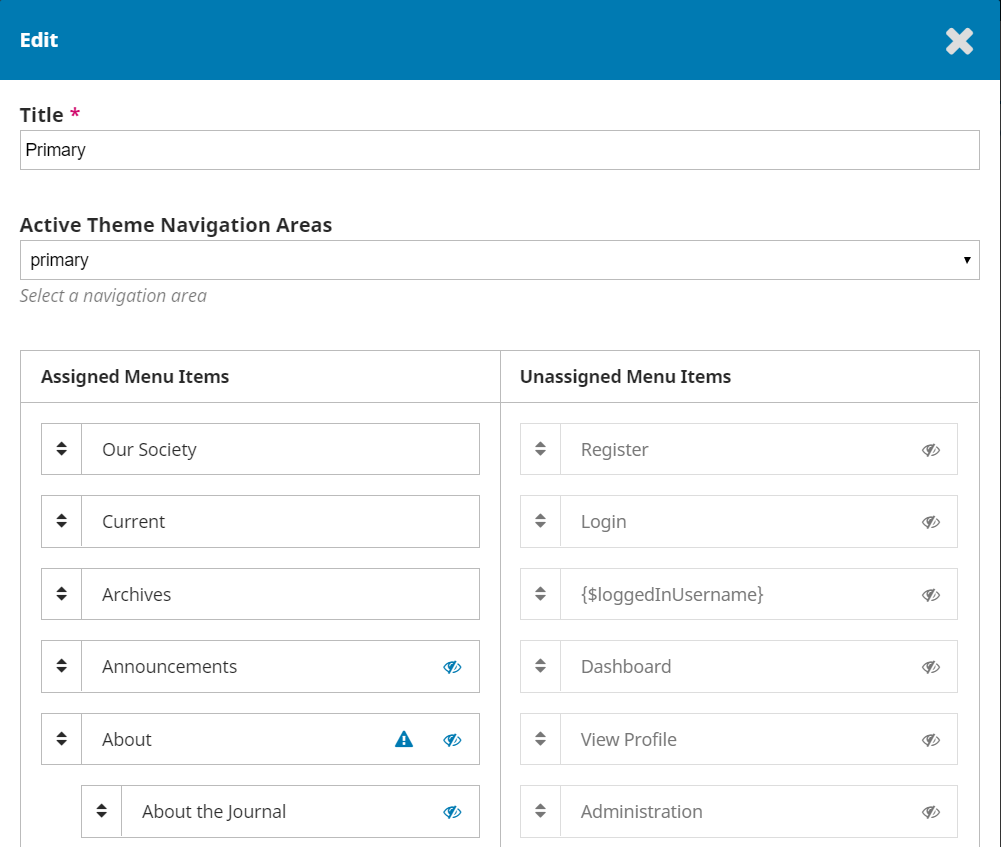
- Chapter 12quantum Mechanicsmr.'s Learning Websites
- Chapter 12quantum Mechanicsmr.'s Learning Website Login
- Blockchain Technology and Applications
- Ahmed Banafa
- -
- Web Encryption / Computer Cryptography / Financial Engineering
- August 31, 2020
- 8770221065
- 9788770221061
- English
- 200 pages
- PDF
Access Quantum Mechanics with Basic Field Theory 1st Edition Chapter 12 solutions now. Our solutions are written by Chegg experts so you can be assured of the highest quality! TExES Physics/Math 7-12: Quantum Physics - Chapter Summary. As you prepare for the TExES Physics/Mathematics 7-12 exam it will be helpful to include this chapter on quantum physics.
Readers will understand the inner workings and applications of this disruptive technology and its potential impact on all aspects of the business world and society. A look at the future trends of Blockchain Technology will be presented in the book.
Content
Part 1: Blockchain TechnologyChapter 1. Introduction to Blockchain
Chapter 2. Consensus Protocols
Chapter 3. Key Blockchain Use Cases
Chapter 4. Important Topics in Blockchain
Chapter 5. Decentralized Applications – DApps
Part 2: Blockchain Applications
Chapter 6. Using Blockchain to Secure IoT
Chapter 7. IoT and Blockchain: Challenges and Risks
Chapter 8. IoT, AI and Blockchain: Catalysts for Digital Transformation
Chapter 9. Myths about Blockchain Technology
Chapter 10. Cybersecurity & Blockchain
Chapter 11. Blockchain and AI: A Perfect Match?
Chapter 12. Quantum Computing and Blockchain: Facts and Myths
Chapter 13. Cryptocurrency: To Libra or not To Libra
Chapter 14. Future Trends of Blockchain
Chapter 15. Blockchain Technology and COVID-19

- Chapter 12quantum Mechanicsmr.'s Learning Websites
- Chapter 12quantum Mechanicsmr.'s Learning Website Login
- Blockchain Technology and Applications
- Ahmed Banafa
- -
- Web Encryption / Computer Cryptography / Financial Engineering
- August 31, 2020
- 8770221065
- 9788770221061
- English
- 200 pages
- PDF
Access Quantum Mechanics with Basic Field Theory 1st Edition Chapter 12 solutions now. Our solutions are written by Chegg experts so you can be assured of the highest quality! TExES Physics/Math 7-12: Quantum Physics - Chapter Summary. As you prepare for the TExES Physics/Mathematics 7-12 exam it will be helpful to include this chapter on quantum physics.
Readers will understand the inner workings and applications of this disruptive technology and its potential impact on all aspects of the business world and society. A look at the future trends of Blockchain Technology will be presented in the book.
Content
Part 1: Blockchain TechnologyChapter 1. Introduction to Blockchain
Chapter 2. Consensus Protocols
Chapter 3. Key Blockchain Use Cases
Chapter 4. Important Topics in Blockchain
Chapter 5. Decentralized Applications – DApps
Part 2: Blockchain Applications
Chapter 6. Using Blockchain to Secure IoT
Chapter 7. IoT and Blockchain: Challenges and Risks
Chapter 8. IoT, AI and Blockchain: Catalysts for Digital Transformation
Chapter 9. Myths about Blockchain Technology
Chapter 10. Cybersecurity & Blockchain
Chapter 11. Blockchain and AI: A Perfect Match?
Chapter 12. Quantum Computing and Blockchain: Facts and Myths
Chapter 13. Cryptocurrency: To Libra or not To Libra
Chapter 14. Future Trends of Blockchain
Chapter 15. Blockchain Technology and COVID-19
Download Blockchain Technology and Applications PDF or ePUB format free
Quantum Machine Learning bridges the gap between abstract developments in quantum computing and the applied research on machine learning. Paring down the complexity of the disciplines involved, it focuses on providing a synthesis that explains the most important machine learning algorithms in a quantum framework. Theoretical advances in quantum computing are hard to follow for computer scientists, and sometimes even for researchers involved in the field. The lack of a step-by-step guide hampers the broader understanding of this emergent interdisciplinary body of research.
Quantum Machine Learning sets the scene for a deeper understanding of the subject for readers of different backgrounds. The author has carefully constructed a clear comparison of classical learning algorithms and their quantum counterparts, thus making differences in computational complexity and learning performance apparent. This book synthesizes of a broad array of research into a manageable and concise presentation, with practical examples and applications. How to use mini mode.
Chapter 12quantum Mechanicsmr.'s Learning Websites
Chapter 12quantum Mechanicsmr.'s Learning Website Login
- Bridges the gap between abstract developments in quantum computing with the applied research on machine learning
- Provides the theoretical minimum of machine learning, quantum mechanics, and quantum computing
- Gives step-by-step guidance to a broader understanding of this emergent interdisciplinary body of research
